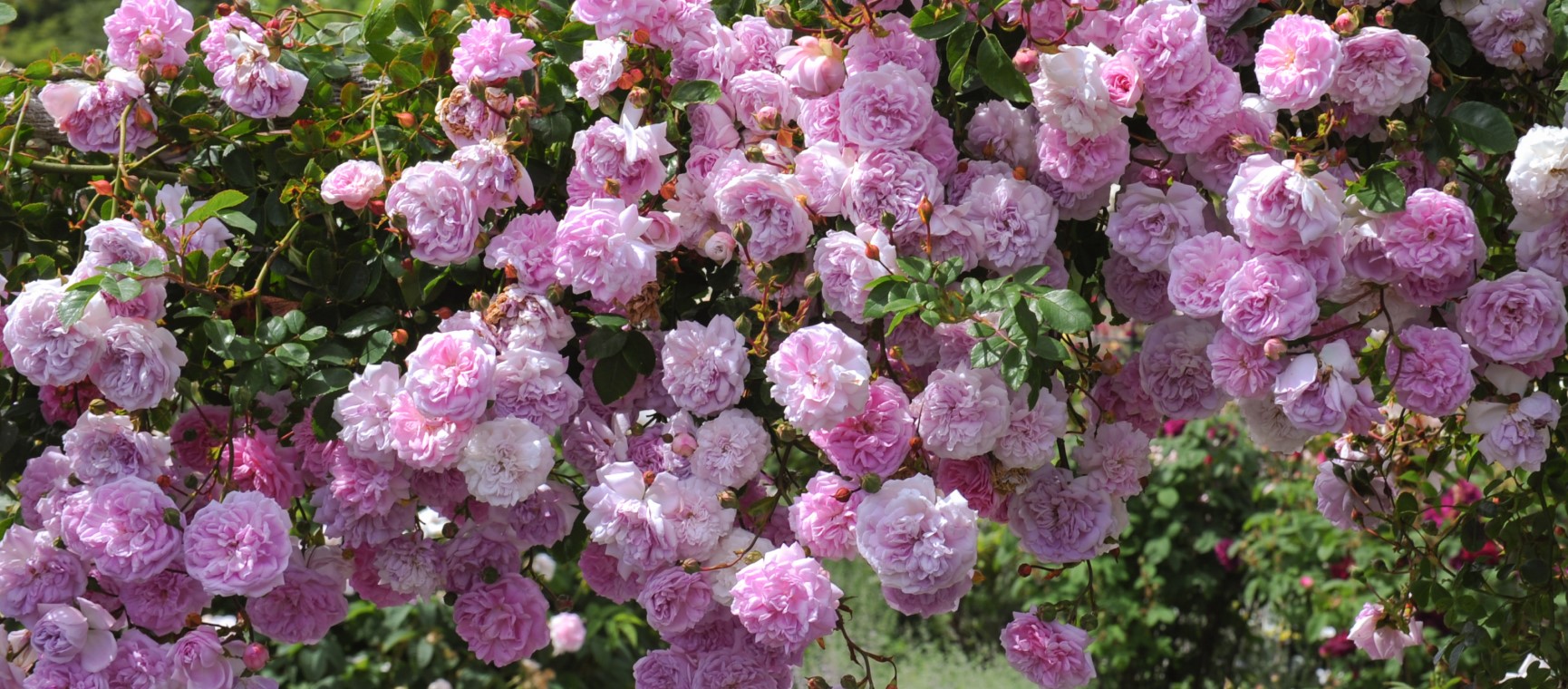
There’s nothing quite so quintessentially English about a summer garden brimming with bright and fragrant roses. If you’re considering planting your garden out with roses this summer, it can be tempting to simply pick your favourite blooms at the garden centre and run with it.
But if you want to smell the roses all summer, it’s worth planning a mix of rambling roses and repeat-flowering climbers to make sure your flowers put on a good show for longer.
Here I'll explain the difference between rambling and climbing roses and share my favourite varieties to keep your garden in bloom all summer long.
The main difference between rambling roses and climbers is that rambling roses usually flower once, whereas climbing roses usually repeat flower throughout summer and autumn - but there are exceptions.
Rambling roses are more vigorous in growth and have that one fantastic flush of flowers, normally in June. Their flowers are smaller than climbers and normally in sprays.
They do tend to need more space as they can put on a tremendous amount of growth each year. These roses are ideal for growing up a tree, over a wall or against a sturdy support.
Climbing roses can be better suited to a smaller garden, as they don't grow as vigorously. Their blooms are larger than ramblers.
Climbers are ideal to grow up walls, drape over porches and add romance to pergolas.
Rambling roses generally need less care and pruning, whereas climbing roses require annual pruning to stay in top shape.
My choice of the five best rambling roses for your garden.
With shiny, coppery foliage and clusters of small apricot roses that fade to cream.

Deep-green leaves and loose clusters of late white flowers, particularly good in semi-shade.
Faded purplish flowers that are stunning against grey-tinged stone.
Clusters of the palest pink flowers. Too vigorous for fences and better up a large apple tree.
A repeat-flowering rambler with small apricot-to-yellow flowers. It’s a restrained grower perfect for a pillar.

You prune rambling roses when you train them by simply cutting out some of the old stems at the base. These are replaced by new strong branches.
The branches should be fanned out from the base, rather like a fruit tree, if the rose is against a fence, then the stems can be looped along to the top edge of the fence, rather like looper caterpillars.
Ramblers are very disease tolerant as many are close to species roses.
Once-only flowering roses don’t need deadheading and some will produce a crop of hips.
My choice of the five best climbing roses for your garden.
Silver pink flowers set against apple-green foliage – beautiful underplanted with blue catmint.
A horrible name for an excellent deep-pink pillar rose.
A blush-white noisette rose that is unbeatable on a north wall or in shade.

Large glowing-pink flowers with a sweet-pea scent followed by hips.
A recently bred, honey-champagne rose with a good scent.
Climbing roses are pruned in winter and they need a more sympathetic regime. Slightly reduce the main leaders and prune back the side shoots to six inches.
Most climbers are more highly bred and therefore prone to black spot, a fungal disease of roses. The greenest way of keeping your roses clean is to either mulch under the rose bush or under plant with lavenders, violas, hardy geraniums or campanulas.
Both methods will prevent the fungal spores from being washed back on to the rose.
All repeat-flowering roses need to be dead headed to encourage more flowers.
Climbers vary in habit enormously. Some, like ‘Lady Hillingdon’, hang their heads down while others can only be admired from the roof.
All roses flower better if trained because bending and coiling the stems slows down the flow of sap and promotes more flowering shoots.
The best time to train climbing roses is in the autumn when the shiny new stems can still be bent and turned without breaking. Choose strong stems and, armed with thick gloves and goggles, curl them round a stake or pillar or loop them along the top of the fence.
You can also buy hooped rose trainers for shrub roses, or simply bend the branches down to the ground and fix them down.

Five drought-resistance clematis that make perfect companions for rambling and climbing roses. These should be pruned back to their lowest buds in early spring.
A dark, purple-blue clematis with widely-spaced petals – best with peach and pink roses.
A faded maroon-red pompom – good with paler roses particularly pale-pinks.
Single claret flowers good with pale-pinks and apricots.

This frilly lilac-flowered clematis has pink veins and it can be grown close to any pink rose.
A green-tinged white clematis – grow near or over any vibrant climbing rose.
If you want your garden to be smothered in roses during June, choose a rambler as repeat-flowering climbers only give you measured flushes of flower and never make quite the same impact.
The ideal combination is a June-flowering rambler planted close to a repeat-flowering climber. Then allow one of the gentle late-summer viticella clematis to twine through the roses.
This way you should have flowers until September.
Val Bourne is a gardening expert and journalist who writes for The Daily Telegraph, Saga Magazine and many others. Val has been awarded the Garden Media Journalist of the Year and Columnist of the Year.
She is also the author of many books, including The Living Jigsaw, The Ten-Minute Gardener. Val also judges the perennial and dahlia trials at RHS Wisley.
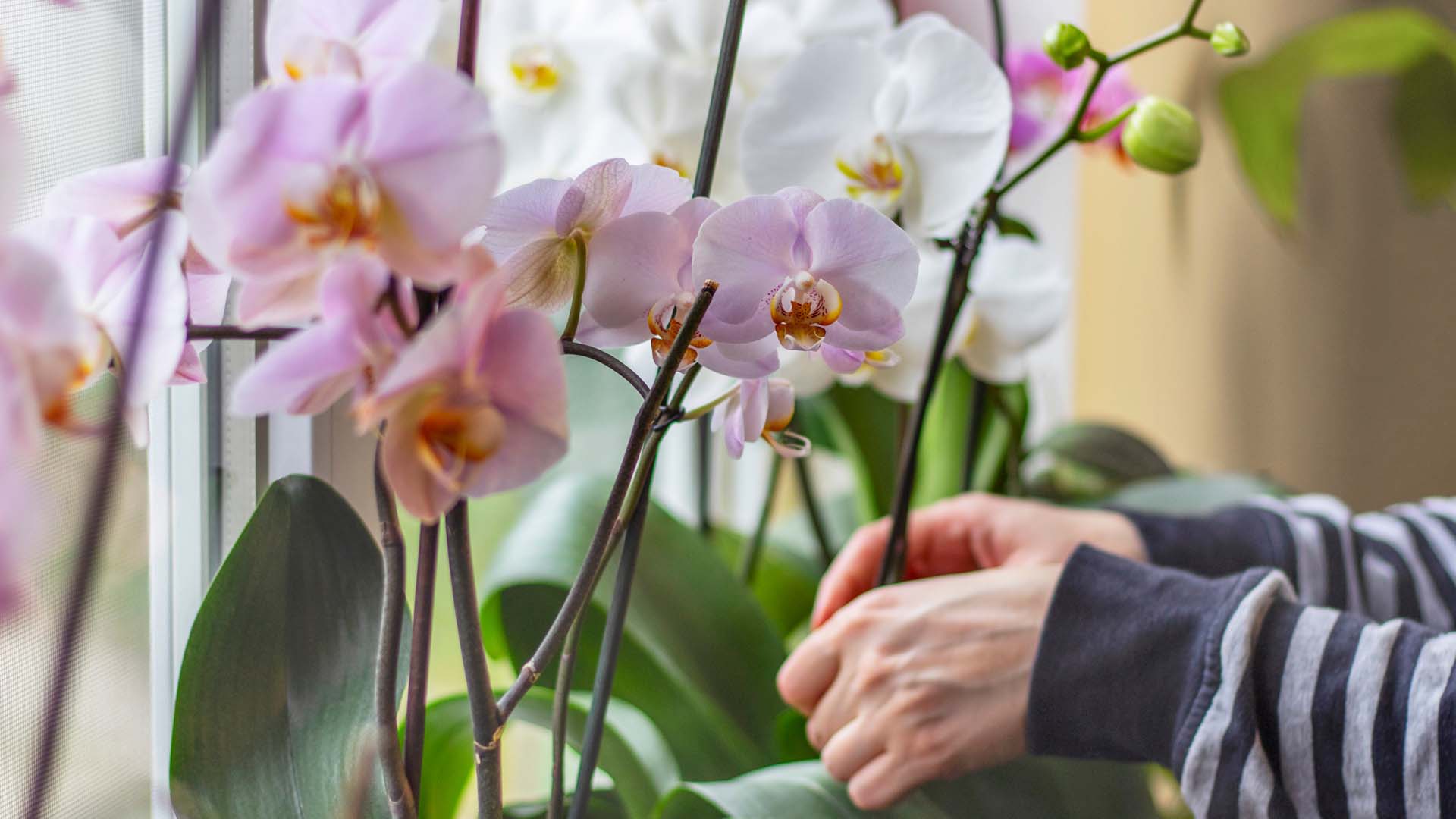
Our expert pruning and watering hacks include a top tip to keep them flowering from Alan Titchmarsh.
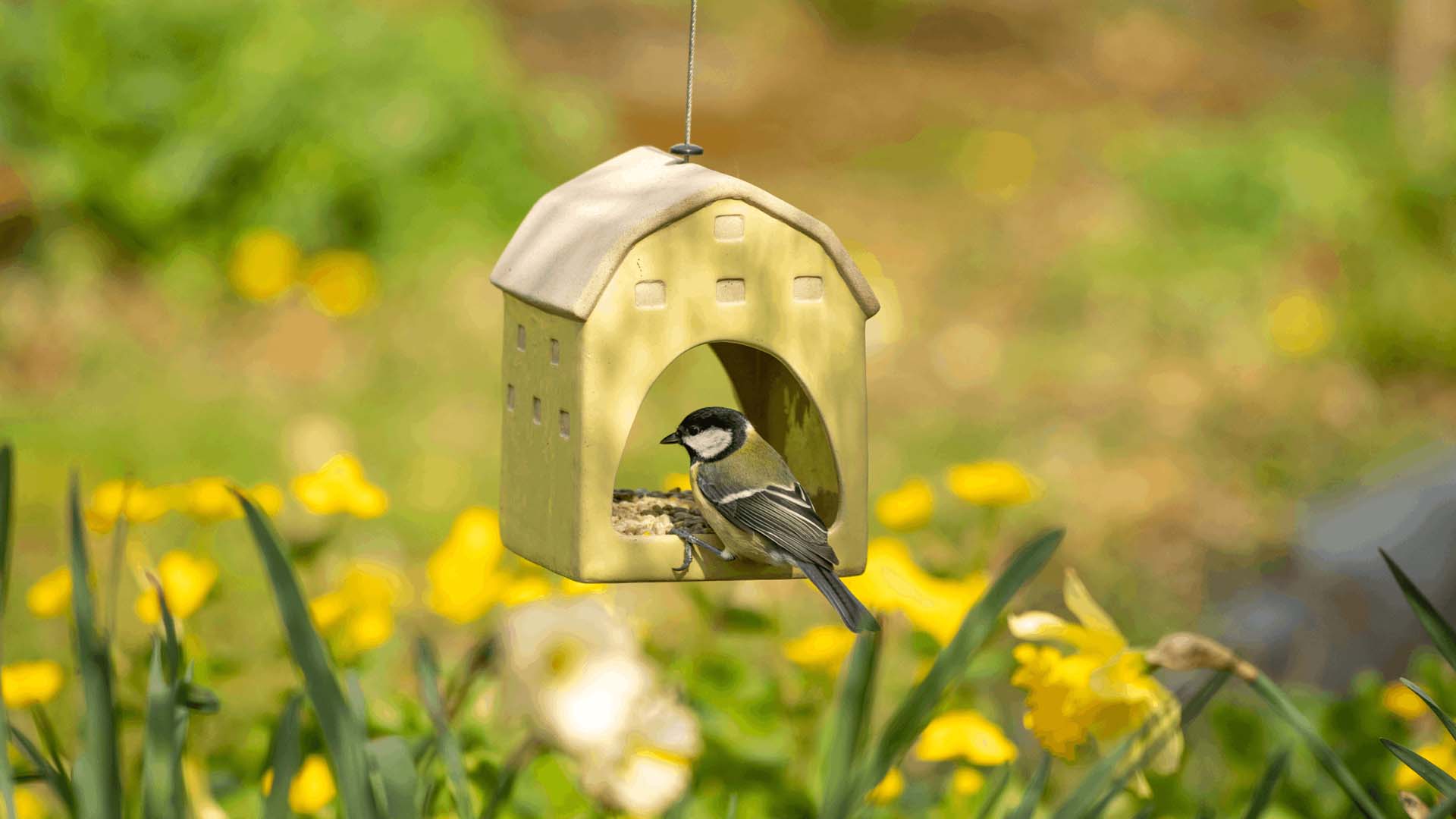
Don’t make these bird-feeding mistakes. Expert advice on how to feed birds in your garden safely.
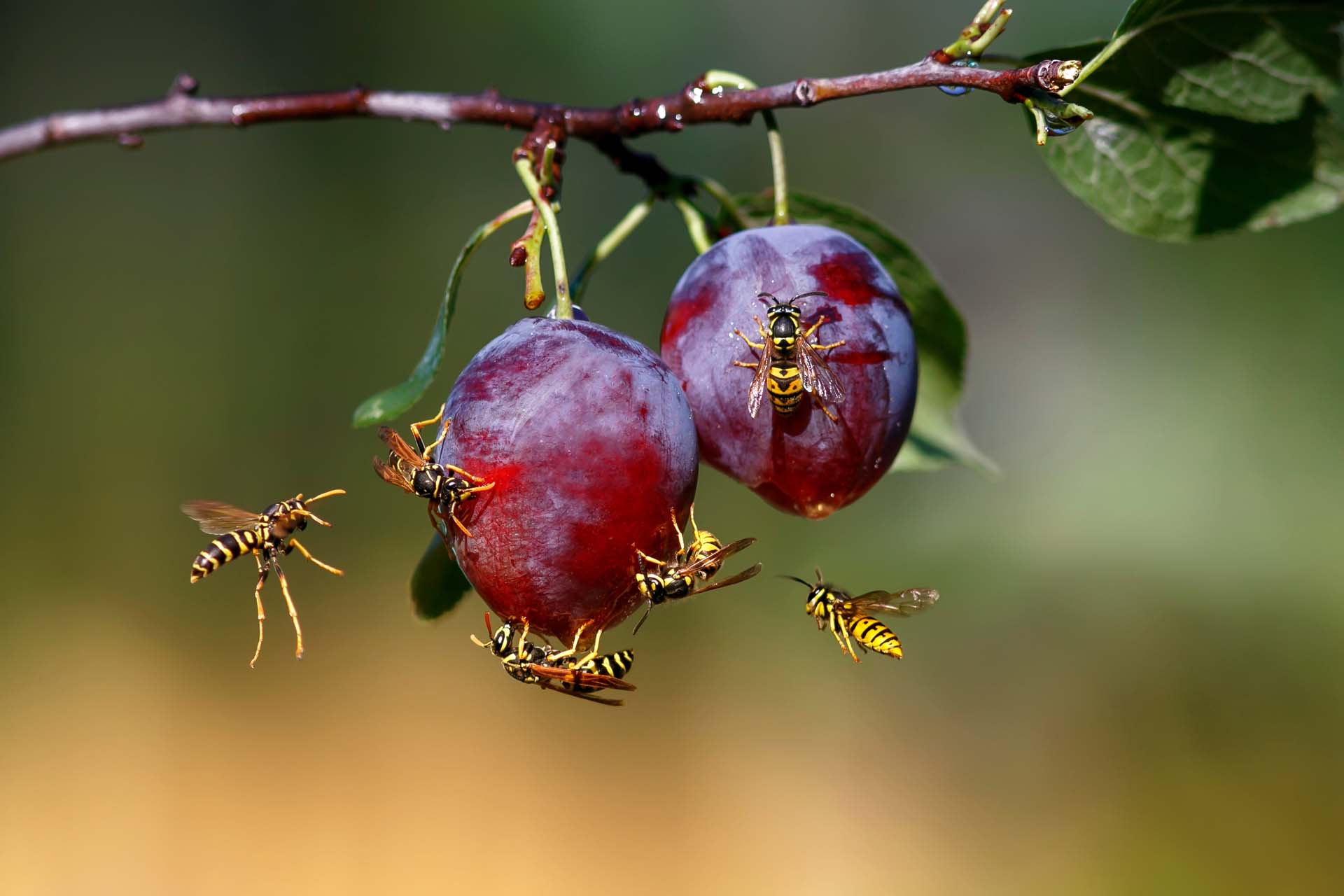
Blighted by buzzing? How to keep wasps out of your garden without harming them so you can enjoy the summer.
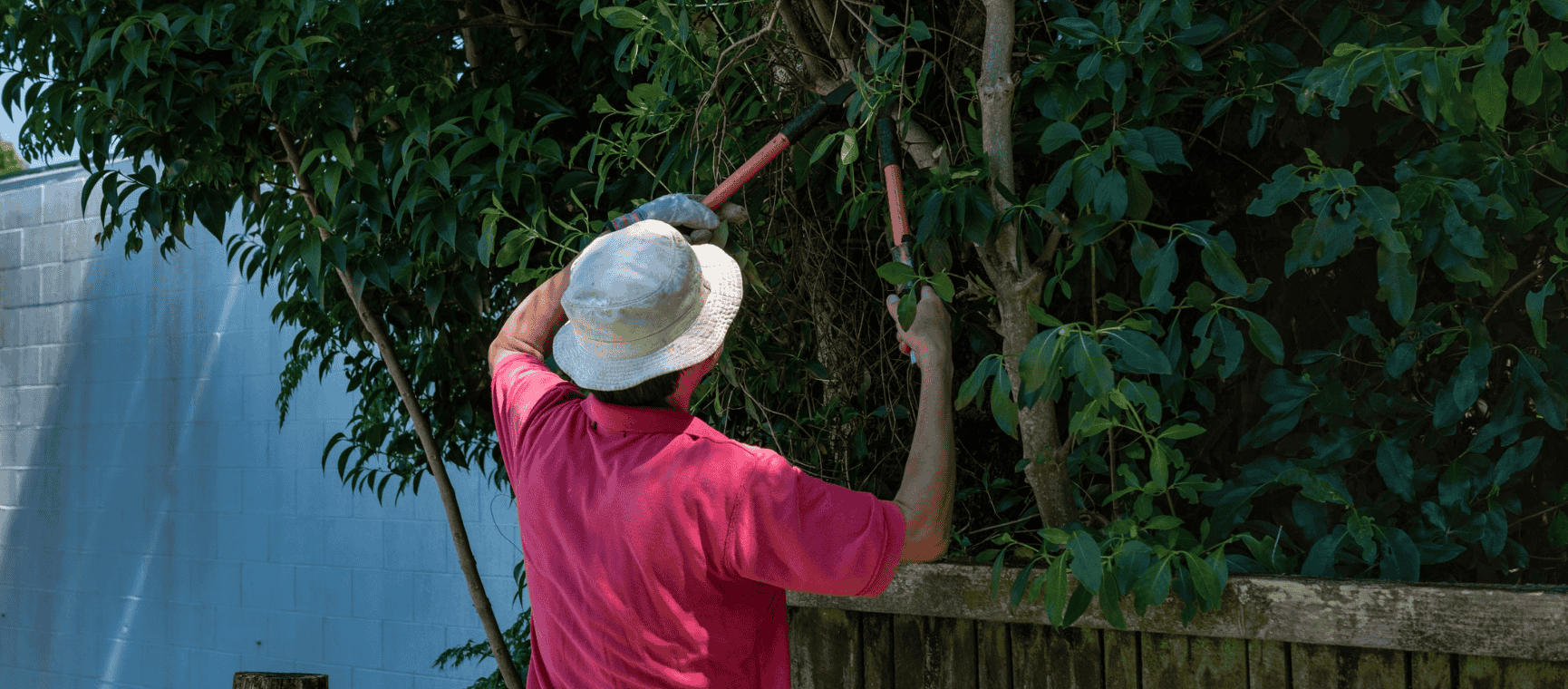
The ways you could be breaking the law in your back garden - with expert advice on how to avoid neighbour disputes, a fine or even a prosecution.
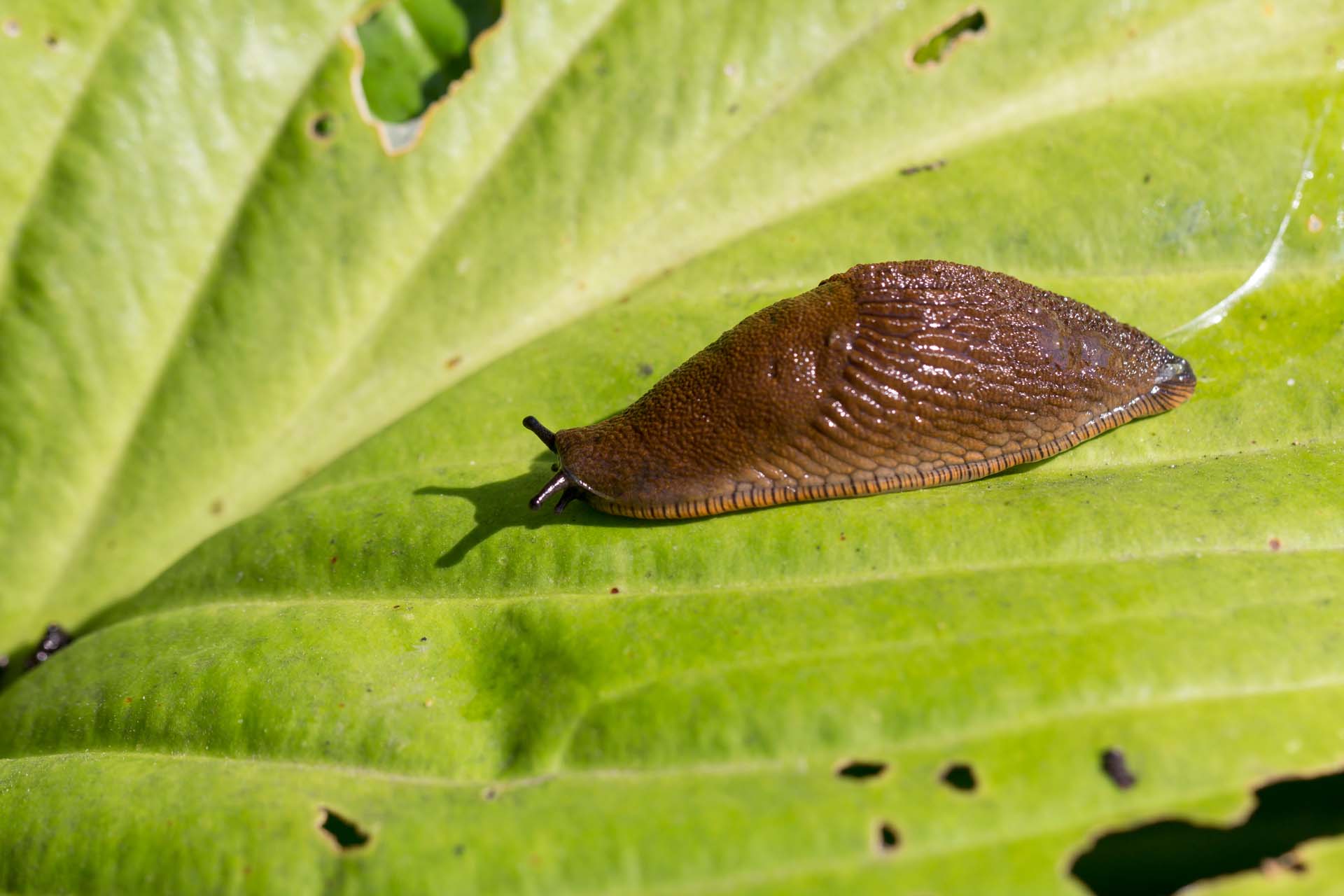
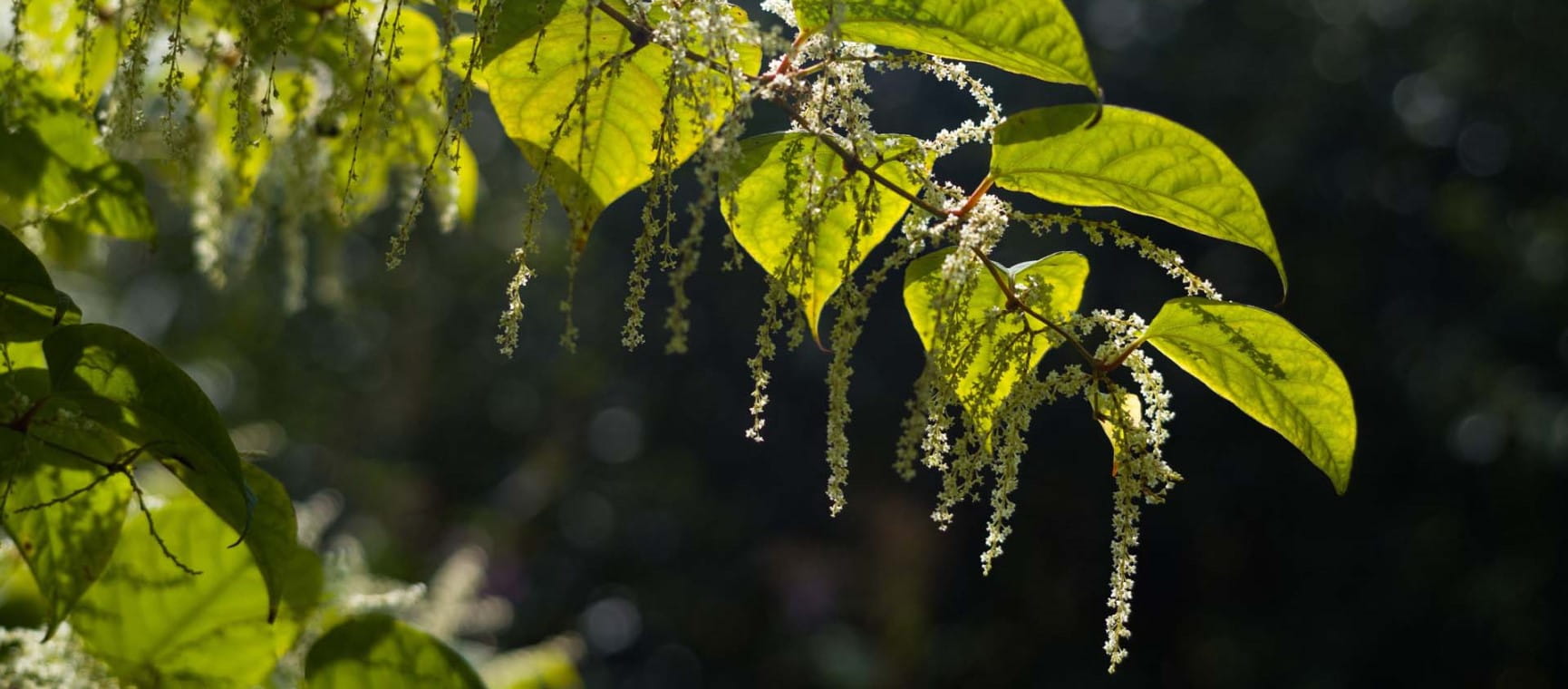
Everything you need to know about Japanese knotweed, the fast-growing plant nobody wants in their garden.